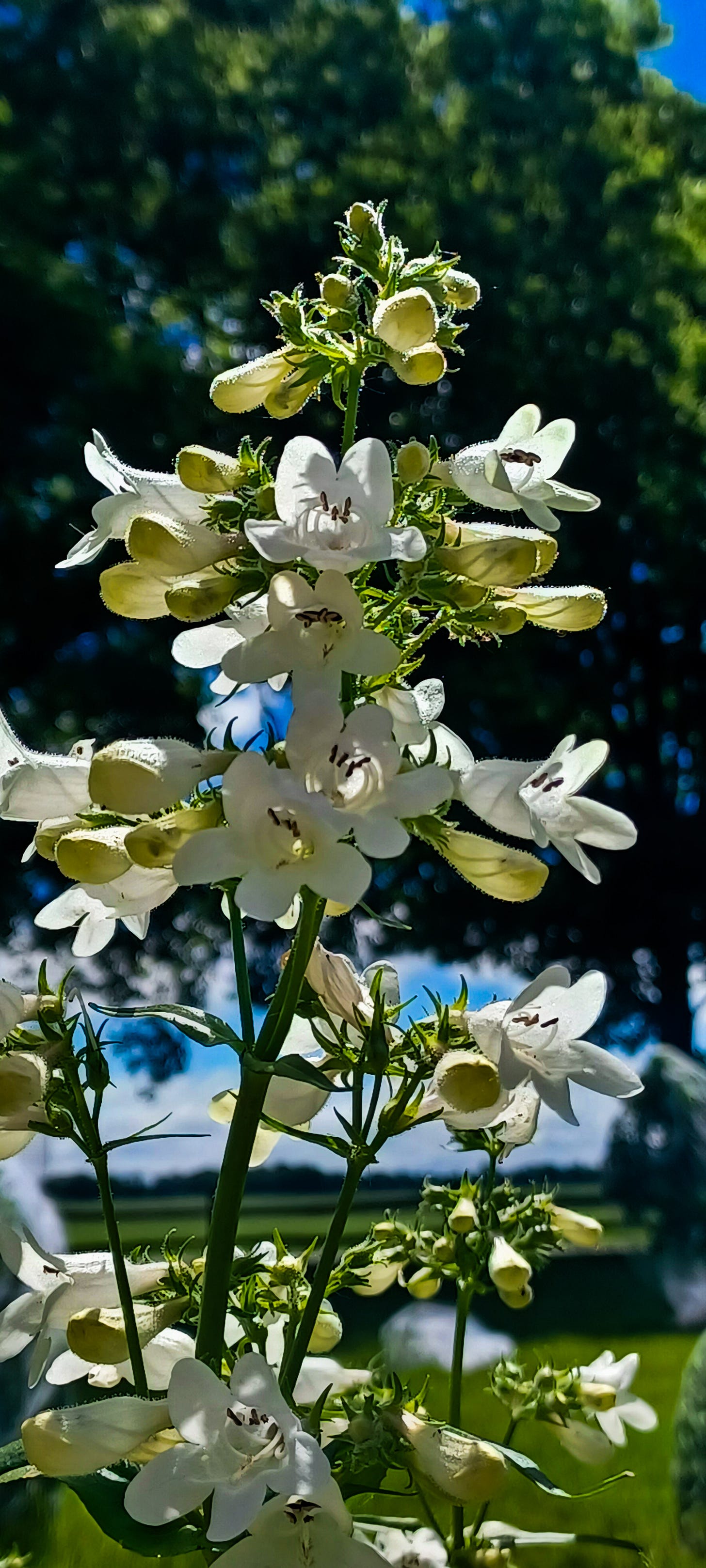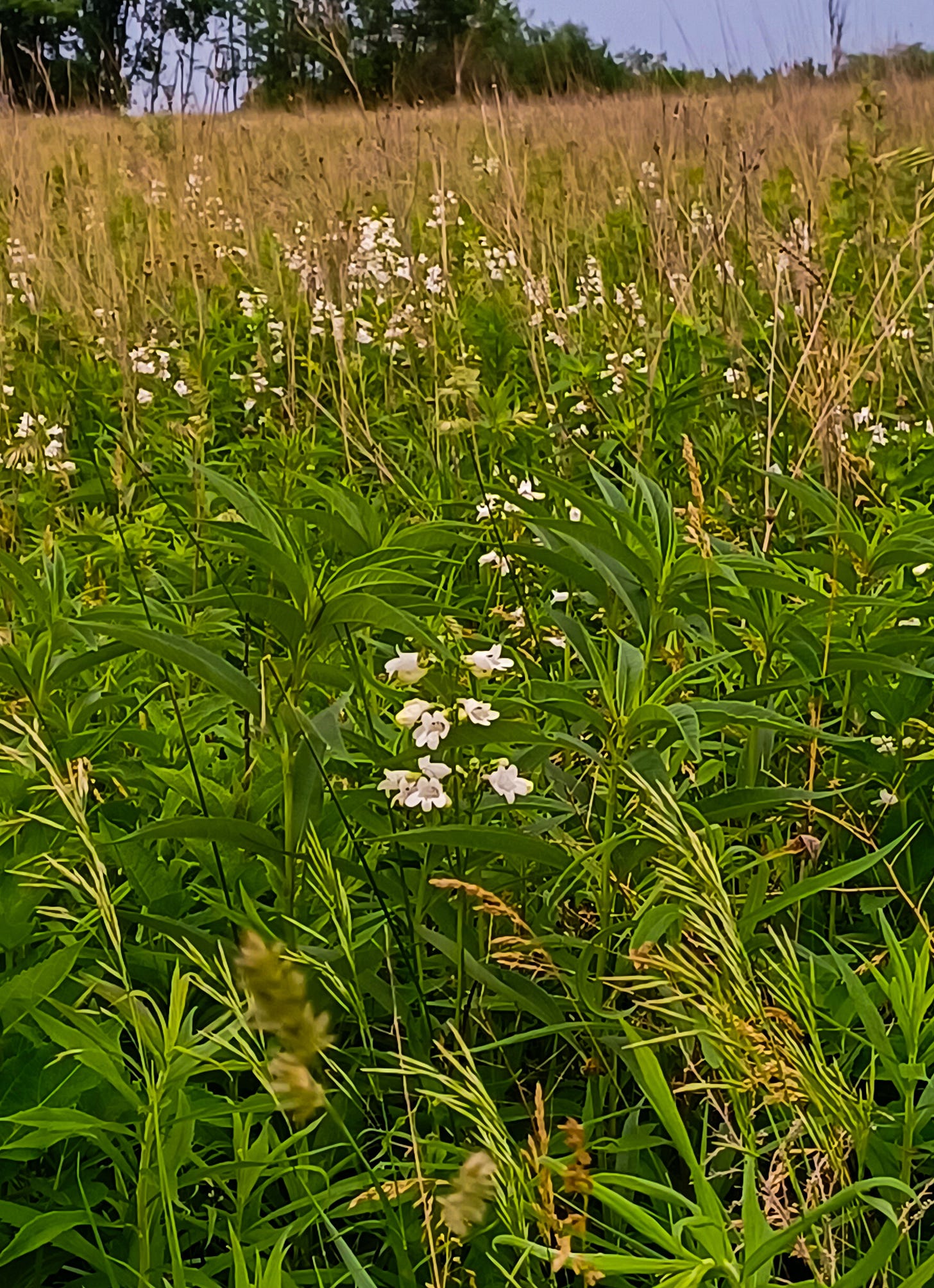Almost as quickly as it started, asparagus season is already over for us.
It’s still going strong out there in general! In this part of the country you can still find it fresh wherever you get local vegetables. But we’re adhering to a strict annual schedule to ramp up the strength of our asparagus patch - no harvesting the first year, two weeks of harvesting the second year, and four weeks of harvesting in this, the third year. Next year: no restrictions. I hope the new owners love asparagus! If they don’t, it will be coming up in the yard literally forever anyway, so they might as well enjoy it. A blessing or a curse, depending on who you ask I guess.
As for us, we have been devouring these slender tender green wands just about every day, to the point that we’ve begun to refer to our house as “Stanky Pee Palace.” I pretty much never tire of the simplest way to cook asparagus: roasted in the oven with a little oil, lemon juice, salt and pep. However, a little bit of experimentation has rendered delicious results and I thought for funsies I would share the results with you here in the form of recipes (”recipe” being a term I, obviously, am using pretty loosely. It’s more of a guideline, as they say). So here are three ways to eat asparagus. If you have other ways you love to eat it please do not keep it a secret and let me know in the comments.

Garlic Truffle Grits with Roasted Asparagus
The key to this one is using a squeeze of lemon or a spoonful of lemon juice on the asparagus when you roast them - other than that include oil, salt & pepper and leave them in the oven at 350 until you can slide a fork through.
I love the garlic truffle grits in Lauren Boehme Hartmann’s Southern Vegan cookbook (I adore this cookbook and use it all the time), but you can do it really easy just by sauteing a bunch of minced garlic and then making some grits in the same pan (3:1 liquid to grits/polenta - I use plain soy milk and then I throw in A LOT of additional butter/butter substitute as the grits are cooking). When the grits are done I squirt a few squirts of truffle oil on top and serve with the roasted asparagus. This is also delicious without the truffle oil, obviously.
Spanish Tortilla(-ish) with Asparagus
I had some potatoes that were starting to do their best imitation of that one scene in Alien so I sliced off their sprouts and then cut them real thin, sauteed them with onions and asparagus chopped into bite-sized chunks. Once everyone was tender I added a mixture of maybe five eggs whisked separately in a bowl with paprika, salt and pepper to the pan, swooshed everyone together so the egg mixture mostly covered all the veggies, and then put the pan in a 350 degree oven (it’s one of those pans that can work on the stove or in the oven, I guess I should have said that up top) until the fork comes out clean when poked in the middle.
I feasted upon this one for days and was very pleased with myself both for its simplicity and its lasting deliciousness.
Creamy White Bean & Asparagus Soup
This is another one that’s as easy as it is delicious. I used a bunch of different recipes cobbled together from different parts of the internet but as always I end up going for the unified simplest version. Saute onions and garlic, add some kind of cooked white bean (I used baby lima beans because that’s what I had, but cannellini would work great too) and chopped-up asparagus with three or four cups of vegetable stock (I use my veggie scrap stock as ever). Bring the soup to a boil and then back down to a simmer until the asparagus is tender. Blend in a blender until creamy. Salt and pepper goes without saying, doesn’t it?
I liked this one so much I froze a bunch of it for my partner while he was off on a work trip in Europe for three weeks, which I think is pretty generous of me.
Two Books for Plant People
Re-Peopling Prairie: History, Ecology, & How They Can Better Inform Prairie Science, a comic dissertation by Liz Anna Kozik
There is so much to love about this book I don’t even know where to start. It’s Kozik’s comic dissertation for her PhD in Environment and Resources at the University of Wisconsin-Madison - comic dissertation as in, her dissertation in the medium of a graphic novel. She gets into the ways that information receives the weight of authority, and how sharing information in a different visual format (i.e., not the standard form of a research paper) makes it easier to understand and more accessible for people who don’t, say, have PhDs in Botany.
Then she undertakes a brief history of European settlement in Illinois and how (this is key, and extremely useful!) to find land surveys in a particular place - and therefore, information about what plants were in that place, what tribes were living here, and what the land was like before it was chopped into squares and sold off to incoming settlers. I will definitely be using this step-by-step guide to learn more about our new home in Indiana when I get there.
This small book changed the way that I think about natural spaces in Illinois specifically. While I have a long history with foraging in wild places and think a lot about the ethics and best practices of foraging, so much prairie has been lost here - and Kozik recounts this process in detail, too - the wetlands drained, whole ecosystems destroyed - there is so little remnant prairie left that I have wondered if maybe this isn’t a good place for me (and for people in general) to be foraging.
But of course it’s more nuanced than that. Kozik makes the argument that people have always been shaping their ecosystems, especially out here on the prairie, and that that shaping has actually created the ecosystems as we understand them. “Settlers imagine it to be a wild landscape, but that wilderness never existed. For this was home to people who altered their landscapes. The empty prairie never really existed.” Ramps grow better if they get a little help spreading out from their crowded patches, and paw paws make more fruit if they get some help cross-pollinating with other trees. She argues that people are necessary to the survival of prairies and that our active participation in natural spaces is deeply connected to ecological and climate justice. This is a moving must-read for people who love and live near prairies.
Tree Spirits Grass Spirits by Hiromi Ito, translated by Jon L Pitt
Came across this book in the New Releases section of the library and immediately scooped it up. I have loved Hiromi Ito’s poetry since I was introduced to it a decade or so ago - her long and feral narrative poem Wild Grass on the Riverbank is one that I still recommend to people all the time. Tree Spirits Grass Spirits is a book of essays but it still has that same kind of direct address and way of seeing the mundane so strangely that I have loved in her poems.
Ito is clearly a person who feels for all beings deeply and who sees plants as a kind of people, observing intently the way they move and live and die and don’t die (“As a result of many years of observation, I have discovered the cosmic law of plants: ‘Dying’ is ‘Living,’ and ‘Living’ is ‘Not Dying.’”). She has an impressive knowledge of botany just from wanting to know about the individual plants she’s come across over the years, and writes about how confounding it can be to think that you know the scientific classification for a plant only to learn that it’s changed at some point and whole families have been taxonomically scattered. I love the way she talks about coming to know plants through language - she describes herself as a “naturalized” citizen of the US since moving to southern California from Japan more than twenty years ago, and describes in detail many plants “naturalized” in the US, with their Japanese names side by side with English names and Latin binomials.
While I was reading this book I was in the process of wrapping my fruit trees in white tulle against the coming onslaught of cicadas (“locust brides” one friend described the way they looked). I learned quickly that the American plum trees have these little thorn-like protrusions that catch the tulle and constrict their movement by binding the tulle to themselves, which contorts the shape of their branches. Is it better to let the tree be maybe damaged by cicadas, or to strap it down as if in a straightjacket? Finally at some point I couldn’t take it anymore and I cut the biggest, most tangled plum tree out of its be-veilment with kitchen shears. This kind of moral dilemma about plants is very much in the spirit of this book, and when I cut the tree loose I felt like Ito may have approved.
Her deep reverence for plants of all sizes, from tumbleweeds to redwoods, made me want to see and learn about plants with the same tenacity. All plant nerds will find a lot to love here.
Thanks for reading y’all - it’s been hectic over here! I’ve been trying to keep up with the bindweed (at least keeping it from climbing my garlic plants, which are about to go into SCAPE MODE, one of the best times of year around these parts), watching the zig-zag paths of creekbeds past re-emerge through the squares of cornfield with all the deluge of rain we’ve been getting, deleting Instagram off my phone for days at a time, listening to the cloud mountains, going through all my stuff bit by bit to try to purge before the big move but so much of it clings to me - proof my life is my life! - so I’m feeling into all that and trying to soak up the time left without getting too stressed out about House Stuff and Moving Stuff, trying to hold everything lightly so lightly as well as I can. Hope you’re doing good so far this spring wherever you are <3





can't wait to read the Kozik book!